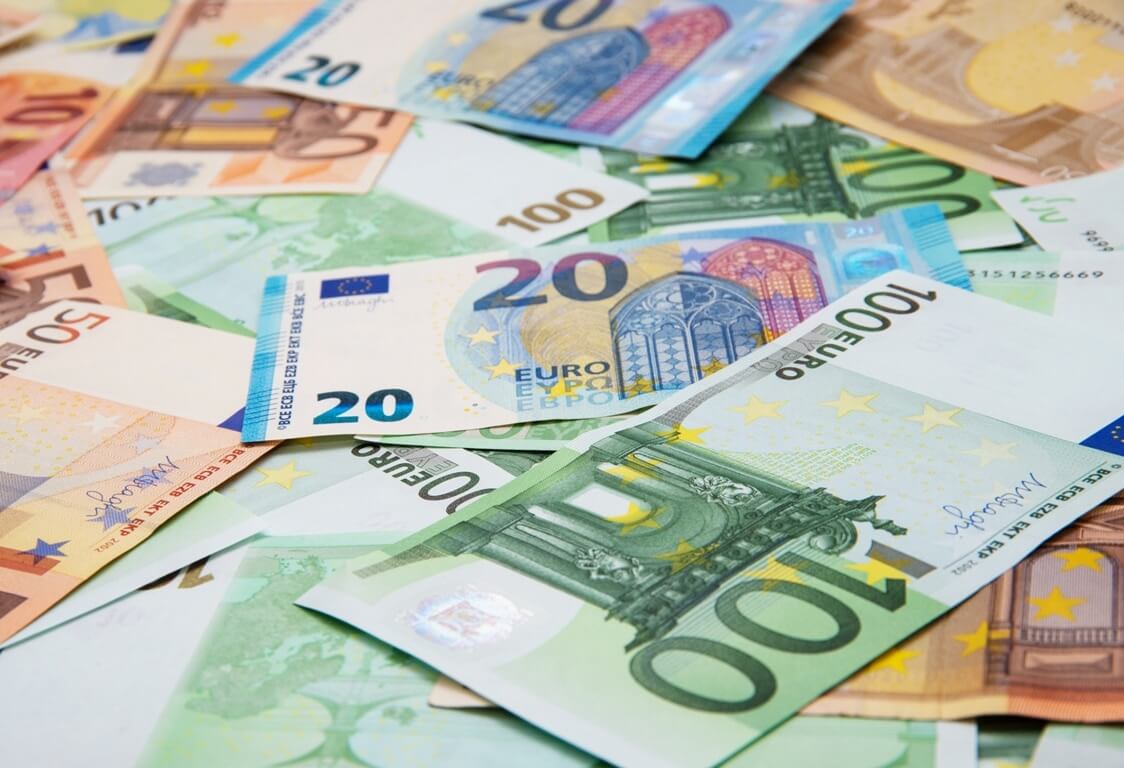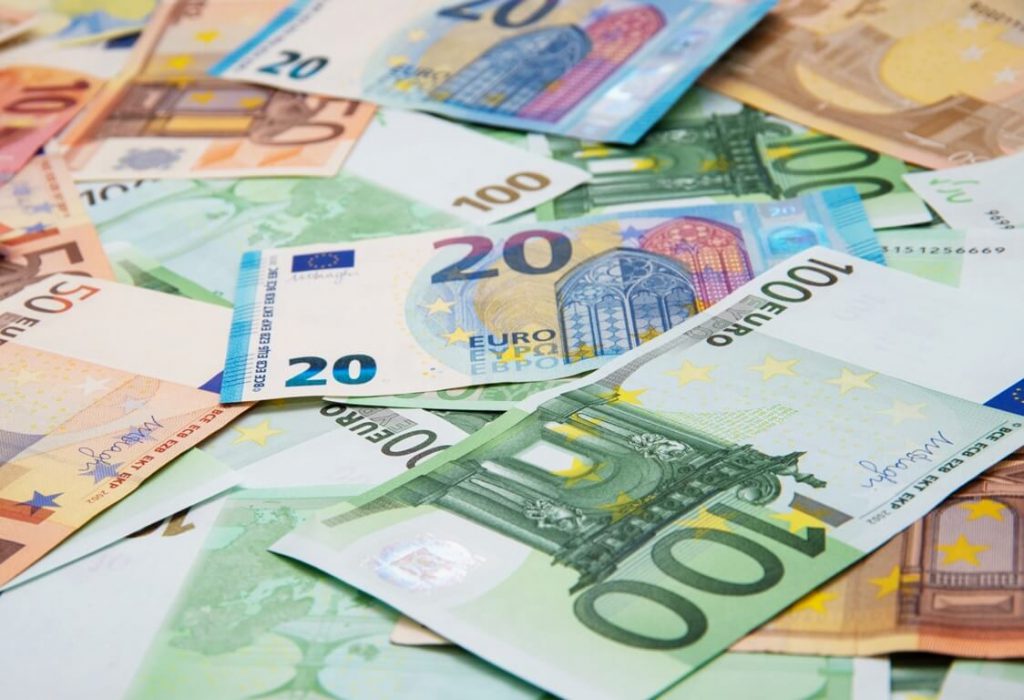
U.S. dollar was firm while Euro fell. What about Sterling?
The U.S. dollar remained high on Thursday, trading near its latest peak. More investors seem inclined to bet that the Federal Reserve will start its rate hikes more aggressively. The agency is trying to hinder the soaring inflation, but so far, the result isn’t satisfactory. Meanwhile, the Japanese Yen was steady. The government recently announced that it would intervene to bolster the currency if it continues falling.
The Japanese Yen suffered greatly over the last weeks. But it had rebounded on Wednesday and afterward, exchanged hands at 143.02 in Asia today. The BoJ checked on exchange rates with banks – another sign that it was serious about intervening.
Rodrigo Catril, a currency strategist at National Australia Bank, noted that Yen’s direction of travel continues to be in further decline. If the country’s central bank really wants to stop its fall, then it should change its policy. He added that while the intervention might boost the currency for a while, such a rally is unlikely to prove long-lasting.
Meanwhile, the U.S. dollar index climbed up by 0.09% to 109.7 on Thursday against the basket of six major currencies. It exchanged hands near its two-decade high of 110.79.
The New Zealand dollar also surged forward by 0.2% to $0.6012 today. According to official data, the country’s gross domestic product (GDP) soared by 1.7% in the June quarter. That number beat the analysts’ forecasts of a 1.0% gain. The Australian dollar edged lower at $0.6747. Investors are waiting for labor data that is due at 0130 GMT.
How are the Euro and the British Pound faring?
The Euro tumbled down by 0.06% to $0.9972 on Thursday, even though it had some support from European Central Bank policymaker Francois Villeroy de Galhau. The latter stated that the bank could reach its neutral rate by the end of the year.
Moreover, the Pound shaved off 0.05% to trade at $1.1536. Both currencies ended in the red after an inflation surprise had sent the U.S. dollar rallying on Tuesday. Currently, Fed funds futures are pricing in a 37% chance that the agency will increase its rates by 100 basis points.
NAB’s Catril stated that the currency market is in consolidation mode at this point. It’s also becoming a bit emboldened, believing that the Federal Reserve will remain aggressive. However, reports showed that U.S. producer prices dropped for a second consecutive month in August. That’s mostly due to the cost of gasoline decreasing further. But after Tuesday’s data dashed hopes of lowering consumer prices, that news failed to encourage the traders.
What about the Emerging Market currencies?
EM currencies were mixed on Thursday. In Latin America, most of them extended losses to a third consecutive day, largely due to the soaring dollar. In addition, stocks plummeted by more than 1% on negative risk sentiment. Market participants fear that global economic growth will suffer in the coming months.
However, Brazil saw 1.17% growth in economic activity from June, while economists forecasted only 0.3%. Latin America’s largest economy upgraded its forecast for economic growth. Now it expects 2.7% growth instead of the 2% forecasted in July.
Despite the such positive news, Brazil’s real tumbled down today, losing almost 1% during the session. The currency has been volatile lately, especially as the elections are nearing (scheduled in October).
A sharp plunge in oil prices also weighed on resource-rich Latam assets today. With the slowdown of economic growth, the demand for oil will suffer. As such a crisis looms in Europe, investors expect the worst. Hence the recent drop in the commodity’s prices. In addition, the value of copper and most other metals also decreased on slowdown fears.
On Thursday, the Mexican peso and the Chilean peso plummeted by approximately 0.5% versus the dollar. At the same time, the Peruvian sol shaved off almost 1%. Thus far, soaring commodity prices have supported Latam currencies, but that will change with the greenback rallying. Traders’ bets on an increasingly hawkish Fed, along with concerns of a recession in the near future, prompt market players to move on safe-haven assets.
Manfred Stamer, the senior economist at Allianz Trade, noted that the analysts expect a recession in the euro area, as well as low growth of more investment in the United States. However, that will also affect Latin America, as it has strong trade connections with the U.S.


